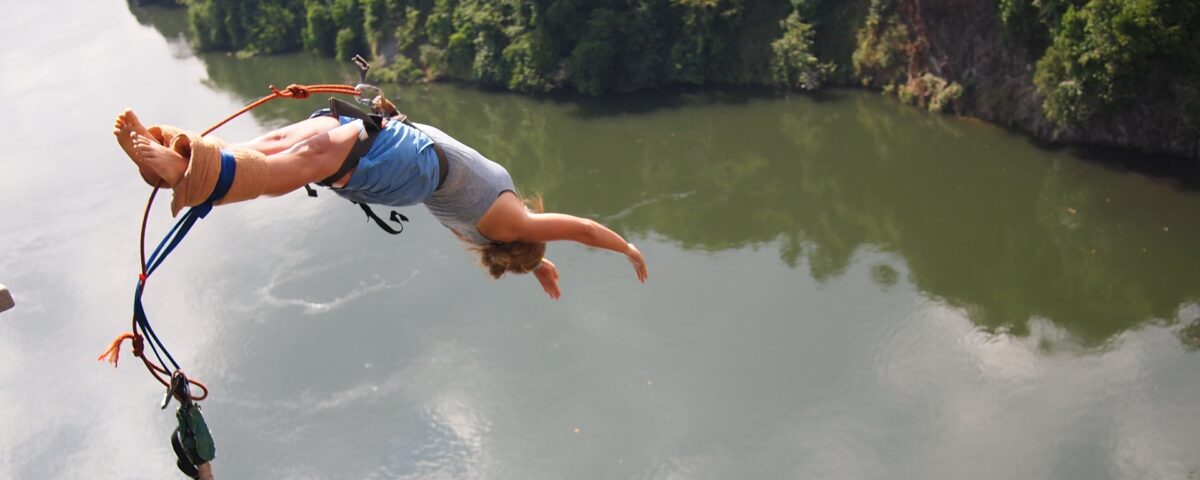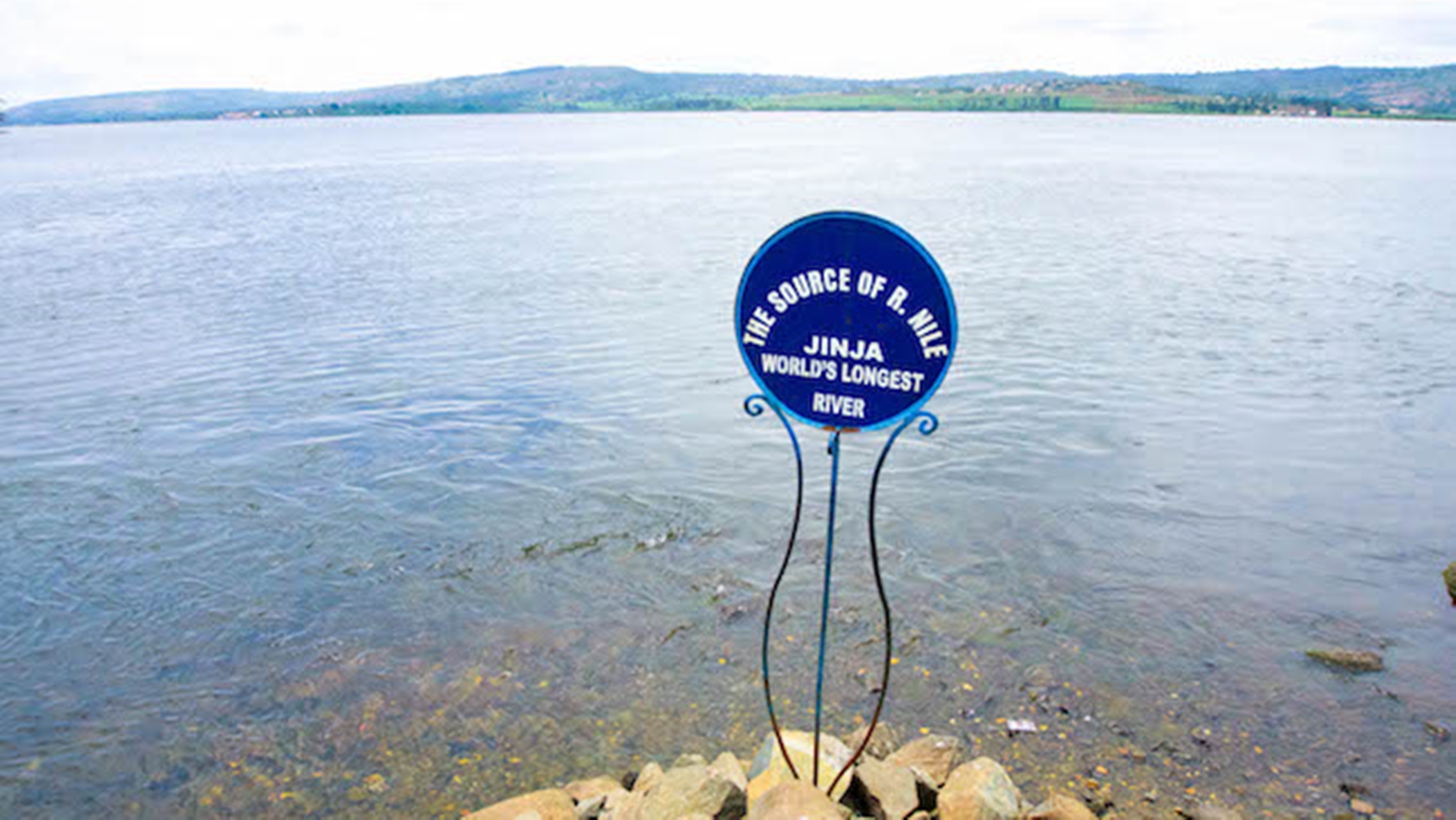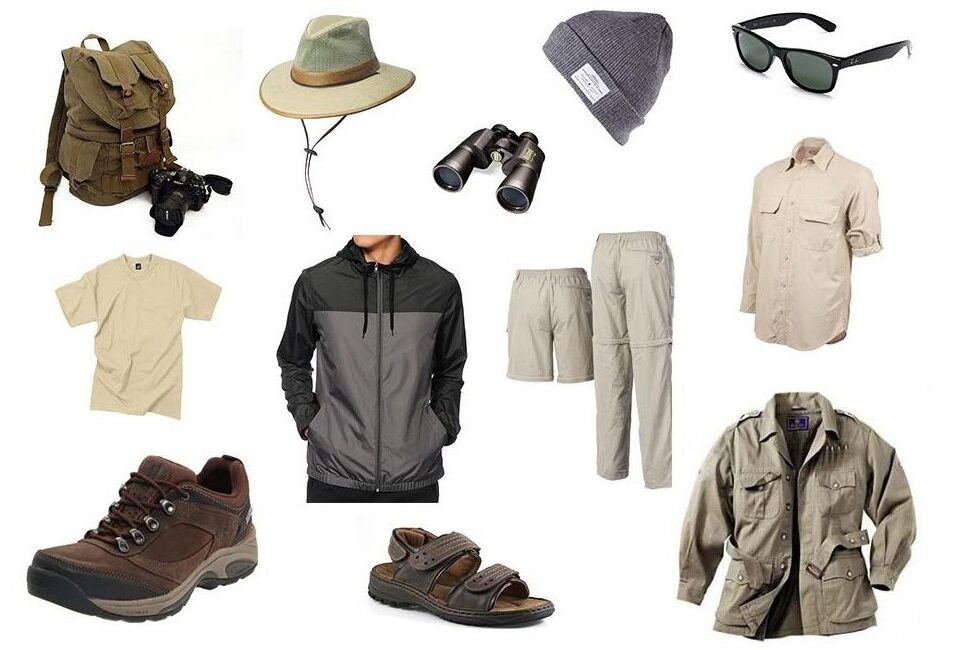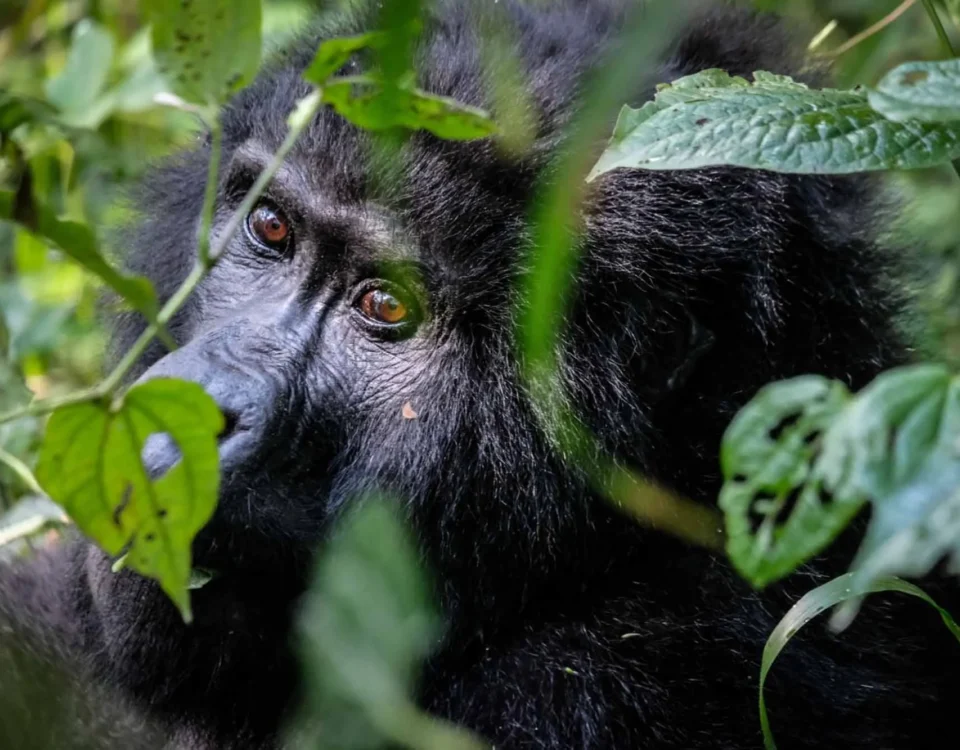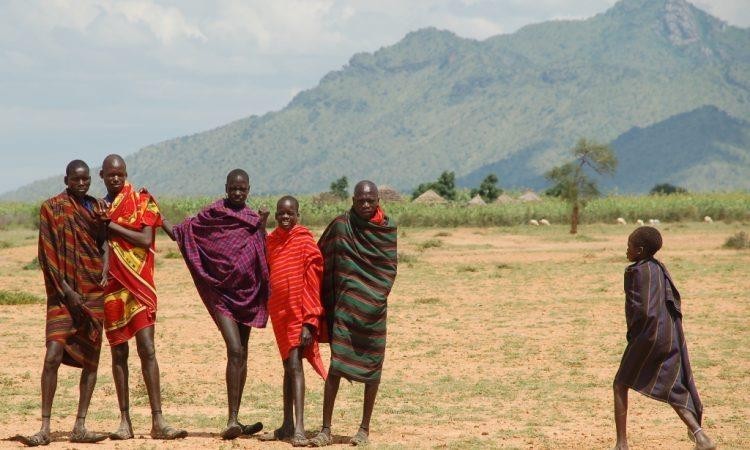
Maasai People and Culture in Maasai Mara National Reserve
March 28, 2023
Karamojong Manyattas
April 17, 2023The Source of the Nile River Jinja Uganda
The Nile River is the longest river in the world, flowing through 11 countries in northeastern Africa. Its source is a subject of much debate and exploration throughout history, but it is generally accepted that the Nile’s primary source is Lake Victoria, which is located in modern-day Tanzania, Uganda, and Kenya.
Lake Victoria is the largest lake in Africa and the second-largest freshwater lake in the world. It is approximately 400 kilometres long and 320 kilometres wide, with a maximum depth of 84 meters. The lake is fed by several rivers, including the Kagera River, which flows from Rwanda and Burundi.
From Lake Victoria, the Nile flows northward through Uganda and South Sudan before reaching Sudan, where it meets with the Blue Nile, one of the Nile’s two main tributaries. The Blue Nile originates in Ethiopia and flows for about 1,400 kilometres before joining the White Nile (the other main tributary of the Nile) in Khartoum, Sudan.
The combined flow of the Blue Nile and the White Nile continues northward through Sudan and Egypt before emptying into the Mediterranean Sea. The Nile has played a vital role in the development of civilization in Egypt and other countries along its path for thousands of years.
Safari Activities at the Source of the Nile River
There are several safari activities that can be enjoyed at the Source of the Nile River, particularly in the areas around Lake Victoria and Jinja, Uganda, which is considered the “adventure capital” of Uganda. Some of the popular safari activities include:
- White-water rafting: The Nile River offers some of the best white-water rafting in the world, with rapids ranging from Class 3 to Class 5. This is an exhilarating activity that is suitable for both beginners and experienced rafters.
- Kayaking: For a more personal experience on the Nile, kayaking is a popular activity. There are several sections of the river that are suitable for kayaking, including the calmer sections near the source of the river and the more challenging rapids downstream.
- Boat cruises: Take a boat cruise along the Nile River and enjoy the scenery and wildlife along the way. There are several types of boat cruises available, including sunset cruises and bird-watching cruises.
- Fishing: The Nile River is home to a variety of fish species, including Nile perch, catfish, and tilapia. Fishing is a popular activity, and there are several fishing lodges and camps along the river.
- Bungee jumping: For adrenaline junkies, bungee jumping from the Nile River’s source is an unforgettable experience. The jump takes place from a height of 44 meters, with the Nile River below.
- Hiking: There are several hiking trails around the Source of the Nile River, including the Bujagali Falls Trail and the Itanda Falls Trail. These trails offer stunning views of the river and the surrounding landscape.
Overall, the Source of the Nile River offers a variety of safari activities for adventure seekers and nature lovers alike.
Best Time to Visit the Source of the Nile River
The best time to visit the Source of the Nile River depends on what you want to do and see. The region around the Nile River generally experiences a tropical climate with two rainy seasons, from March to May and from October to November, and two dry seasons from December to February and from June to September.
If you want to engage in water activities such as white-water rafting, kayaking, and boat cruises, the best time to visit the Source of the Nile River is during the dry season from December to February and from June to September. The water levels are lower, and the weather is generally sunny and dry, which makes it easier to navigate the rapids.
If you are interested in bird watching or fishing, the best time to visit is during the rainy season from March to May and from October to November. The rivers and lakes are fuller, which creates a more abundant environment for wildlife.
If you are interested in hiking or trekking, the best time to visit is during the dry season from December to February and from June to September when the trails are dry and easier to navigate.
Overall, the best time to visit the Source of the Nile River is during the dry season when the weather is pleasant, and the water levels are lower. However, if you have specific interests such as bird watching or fishing, the rainy season may be the best time for you.
How much is a safari to The Source of the Nile River
The cost of a safari to the Source of the Nile River can vary depending on several factors, such as the length of the trip, the type of accommodation, the activities included, and the season. A safari can be customized to suit your budget and preferences.
A budget safari can start at around $500 per person for a 3-4 day trip, including basic accommodation, transport, and some activities such as boat cruises or hiking. Mid-range safaris can range from $1,000 to $2,000 per person for a 5-7 day trip, including comfortable accommodation, transport, and a variety of activities such as white-water rafting, kayaking, or bird watching. Luxury safaris can range from $3,000 to $6,000 per person for a 7-10 day trip, including high-end accommodation, private transport, and exclusive activities such as hot air balloon rides or private wildlife tours.
It’s important to note that the cost of a safari can also depend on the tour operator you choose, as some may offer more affordable or luxury packages. It’s recommended to compare prices and services from multiple tour operators and read reviews from previous clients before making a decision.
Other Activities to Do in Jinja City
Jinja is a beautiful city located in southeastern Uganda, known as the “adventure capital” of Uganda, with plenty of activities to do. Here are some other activities you can do in Jinja City:
- Visit the Source of the Nile: The Nile River starts from Lake Victoria, and the Source of the Nile is located in Jinja. You can take a boat ride or hike to the source of the Nile and learn about the history and significance of the Nile River.
- Visit the Jinja Market: The Jinja market is an exciting place to visit if you’re interested in seeing the local crafts, food, and culture. You can buy souvenirs and interact with the locals.
- Visit the Itanda Falls: The Itanda Falls are located on the Nile River, about 27 kilometres from Jinja. It is a beautiful waterfall that offers an excellent spot for relaxation and picnics.
- Biking Tours: You can take a bike tour of Jinja and explore the city’s surroundings, including farms, local markets, and traditional villages.
- Visit the Bujagali Falls: The Bujagali Falls are located on the Nile River, about 10 kilometres from Jinja. It is a beautiful waterfall and offers excellent opportunities for swimming, picnics, and hiking.
- Horseback Riding: You can take a horseback riding tour of Jinja and enjoy the beautiful scenery, farms, and traditional villages.
- Quad Biking: Quad biking is a popular activity in Jinja, with several operators offering guided tours of the countryside and local villages.
Overall, Jinja offers a variety of activities for adventure seekers, culture lovers, and nature enthusiasts.

